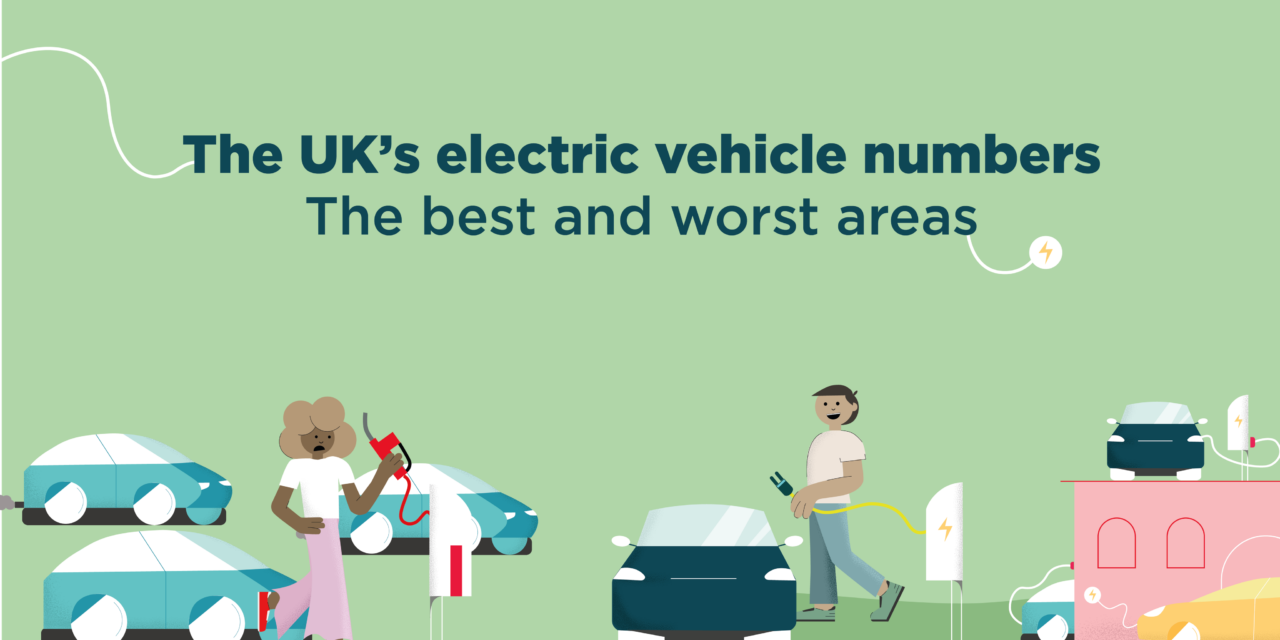Fleet insurance experts Fleetcover requested data from the DVLA to find out which local authorities had the highest percentage of electric/hybrid vehicles, and which ones are the slowest off the starting line.
They carried this study out last year, and this year they again requested data to compare any changes. This new data covers April 2020-April 2021 (the most recent data they could access).
The results from the 377 local authorities showed huge disparities across the UK, with the City of London having 17.73% (almost one in five) of all its vehicles in the electric/hybrid category, but Mid Ulster, in Northern Ireland, scored just 1.11%.
Electric vehicle usage has increased in every single local authority in the UK compared to last year’s study. This is good news to hear ahead of National Clean Air Day, taking place a week today (16th June 2022).
This change follows the recent rocketing fuel prices, combined with the effects of the cost of living crisis, meaning that many are looking at ways to cut back.
The top 10 are:
- City of London, London (17.73%)
- Stockport, Greater Manchester (17.03%)
- Westminster, London (15.91%)
- Portsmouth, Hampshire (15.52%)
- Tower Hamlets, London (15.19%)
- South Gloucestershire, Gloucestershire (15.15%)
- Slough, Berkshire (14.65%)
- Windsor and Maidenhead, Berkshire (14.54%)
- Peterborough, Cambridgeshire (14.40%)
- Hammersmith and Fulham, London (14.35%)
The bottom 10 are (#1 being the worst):
- Mid Ulster, Northern Ireland (1.11%)
- Blaenau Gwent, South East Wales (1.28%)
- Fermanagh and Omagh, Northern Ireland (1.36%)
- Merthyr Tydfil, Wales (1.37%)
- Causeway Coast and Glens, Northern Ireland (1.45%)
- Comhairle Nan Eilean Siar, Stornoway (1.45%)
- Derry City and Strabane, Northern Ireland (1.65%)
- Newry, Mourne and Down, Northern Ireland (1.66%)
- Ceredigion, Wales (1.66%)
- Rhondda Cynon Taff, South East Wales (1.73%)
The full case study can be viewed on their website here.





